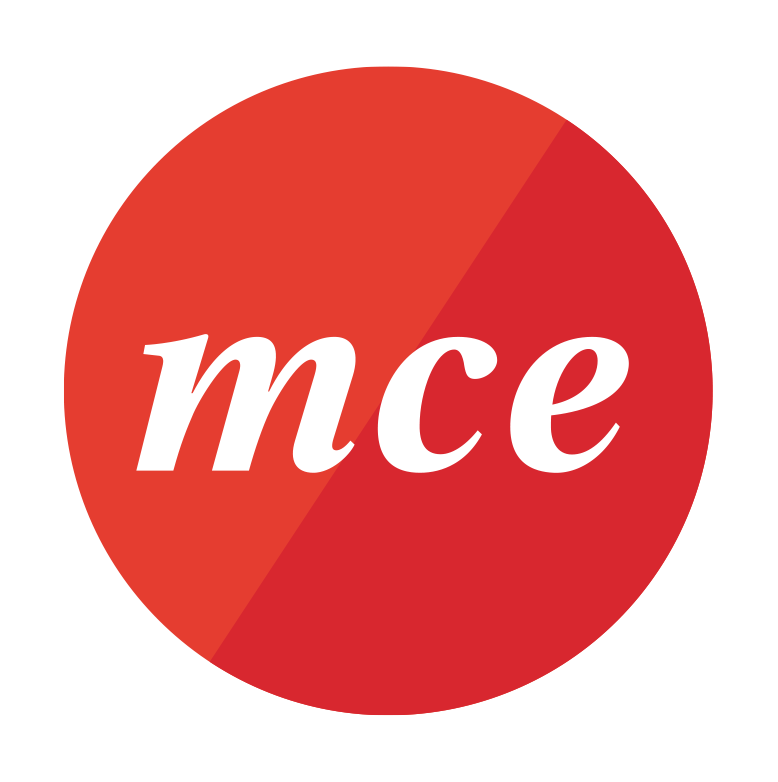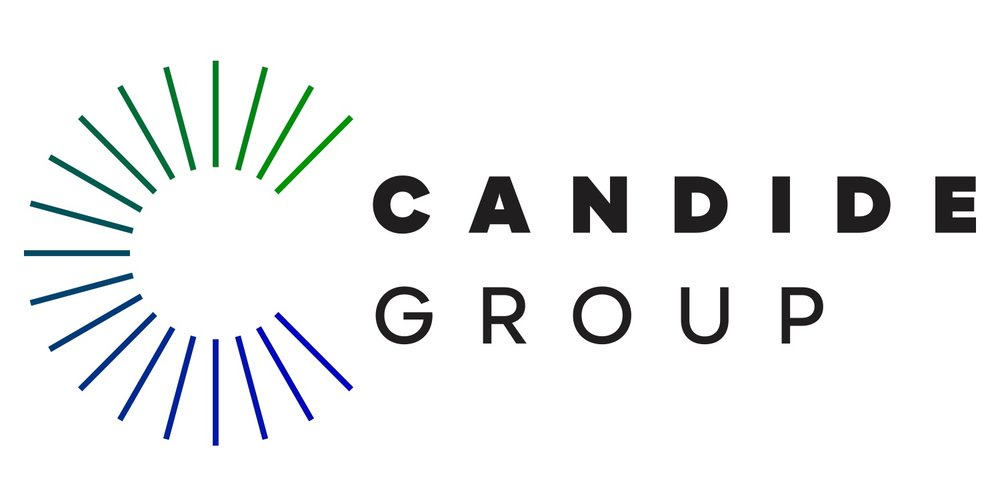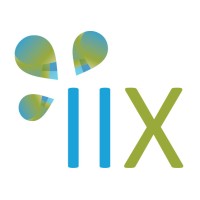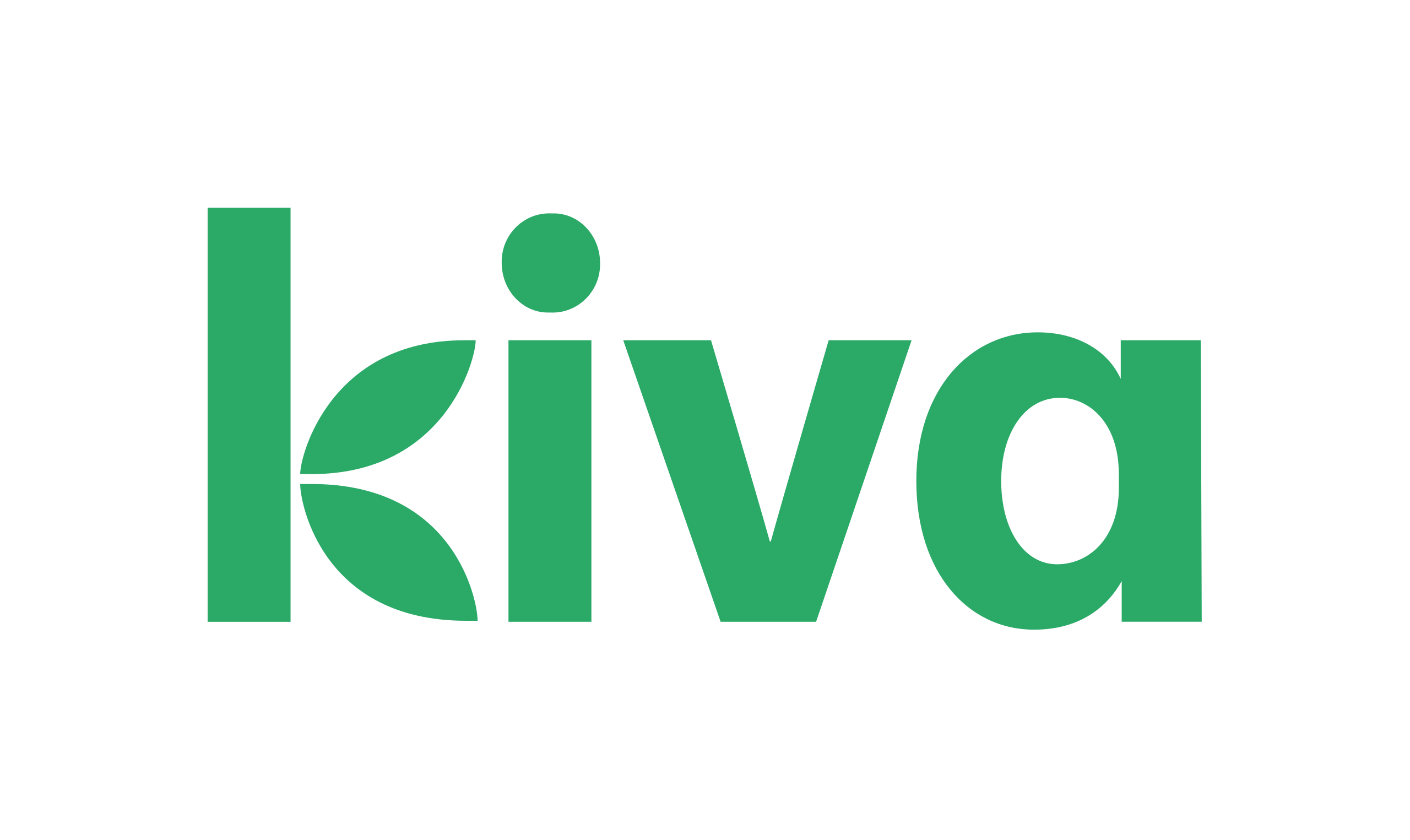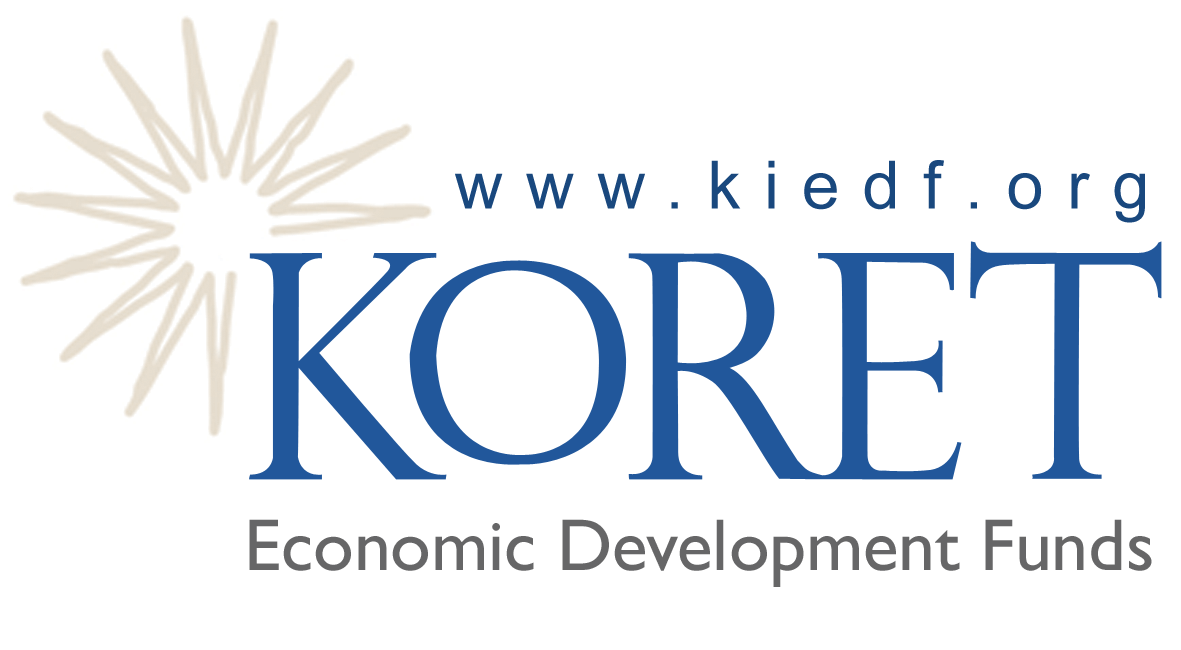As we evaluate new investments, our catalytic approach is often predicated on making use of one or more of the following impact levers. While the heart of our strategy is focused on the impact that our investments have on the lives of the beneficiaries that they serve, these levers represent the particular roles that Ceniarth is able to play on a transaction. They come in a variety of flavors and some we use more often than others. They are all tools in the catalytic capital toolkit that impact-first practitioners should consider.
Our Impact Levers
1. Catalytic, junior commitments
In order to attract large investments from development banks and other institutional investors, impact-first funds often need subordinate investors to provide additional risk protection. While we generally do not play this role for new partners, we do have a history of supporting our key investees in this manner.
Key Investees
MCE Social Capital
MCE Empowering Sustainable Agriculture Fund
Sector
Agriculture
Investment
$3,000,000
2. Scaling de-risked senior capital
Conversely to junior commitments, there are often times where a fund has managed to secure significant first-loss and/or junior support and is still struggling to reach its full scale on senior capital. In these more de-risked cases, we try to stretch our allocation sizes to contribute meaningful amounts of senior capital.
Key Investees
Blue Orchard
Insuresilience Investment Fund Private Debt
Sector
Financial Inclusion
Investment
$7,500,000
3. Patient, modest returning capital
Sub-market, patient capital is a key enabler in sectors serving deeply marginalized communities. For example, the US CDFI sector is highly dependent on long-term, philanthropic capital priced at concessionary rates. Similarly, our early, lower-cost loans to non-profit organizations operating in emerging markets proved to be highly catalytic. While our capital preservation model has flexibility on return, we are selective when we use this lever.
Key Investees
4. New funds and emerging managers
As many conventional impact investors are hesitant to engage with new, smaller funds, we can be instrumental in the earliest stages of a new vehicle. These funds might even be targeting finance-first returns, but might be so early as to not be acceptable from a risk perspective to others. Our early commitments to a diverse set of managers such as Lendable, AGC, SunFunder, and others led to thriving funds. When these funds have meaningful risk, we often look for grant or first loss buffers that can increase our comfort.
Key Investees
Community Investment Management
Emerging Markets Credit Fund
Sector
Financial Inclusion
Investment
$3,000,000
5. Pilot debt to social enterprises
Perhaps the highest risk activity that we engage on, providing early, pilot debt to high impact social enterprises is an important, albeit limited, lever that we employ. We tend to look for enterprises that have achieved, or are very near to achieving, profitability, but are still unable to access bank financing. In addition, enterprises that have raised meaningful equity and are looking to leverage debt in their capital stack are within our scope.
6. Innovative financing mechanisms
While our historical experience with mechanisms such as pay for success and development impact bonds has been mixed in terms of performance, it is important, from an impact-perspective, to be open-minded to supporting new transaction types that might emerge at the intersection of public-private financing. These models will be inherently untested and uncertain yet may represent fundamentally new approaches to unlocking large pools of government or philanthropic capital.
7. Higher risk geographies with geopolitical and macroeconomic challenges
While we have avoided active conflict zones, and will continue to do so, there are geographies with high risks for social and political disruptions, currency movements, and other macroeconomic challenges where we can still engage. There will be times to embrace the challenge of these geographies if it means reaching populations that no one else will serve. This may mean taking currency risks where appropriate.



